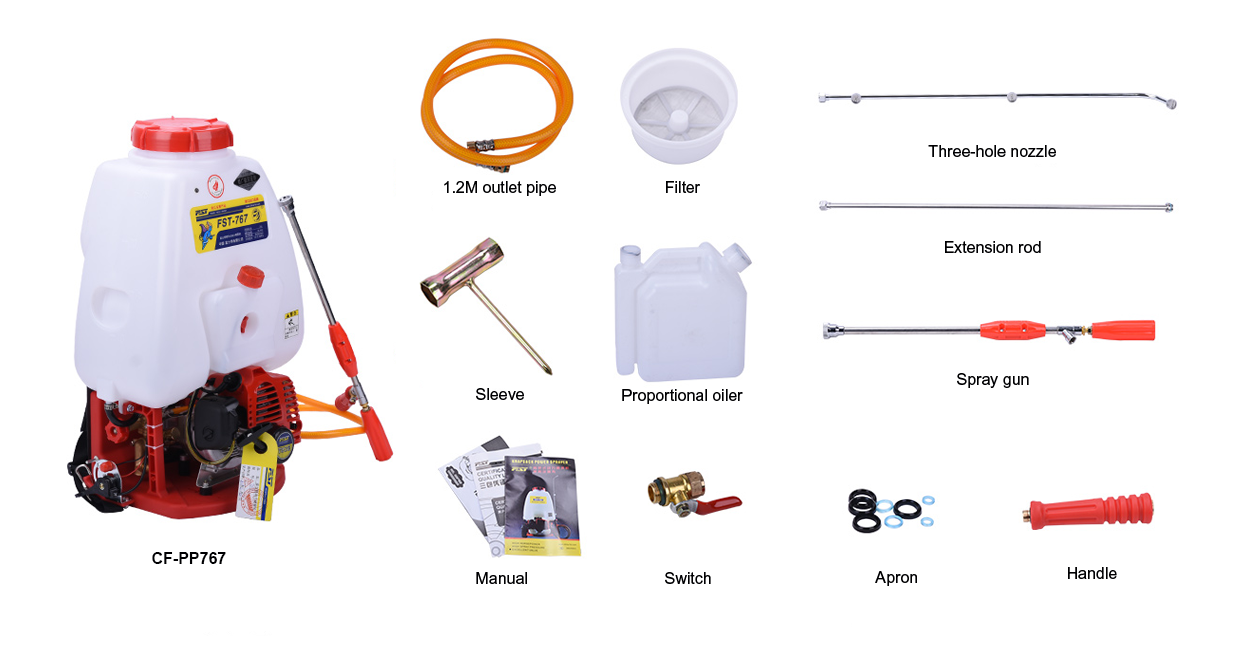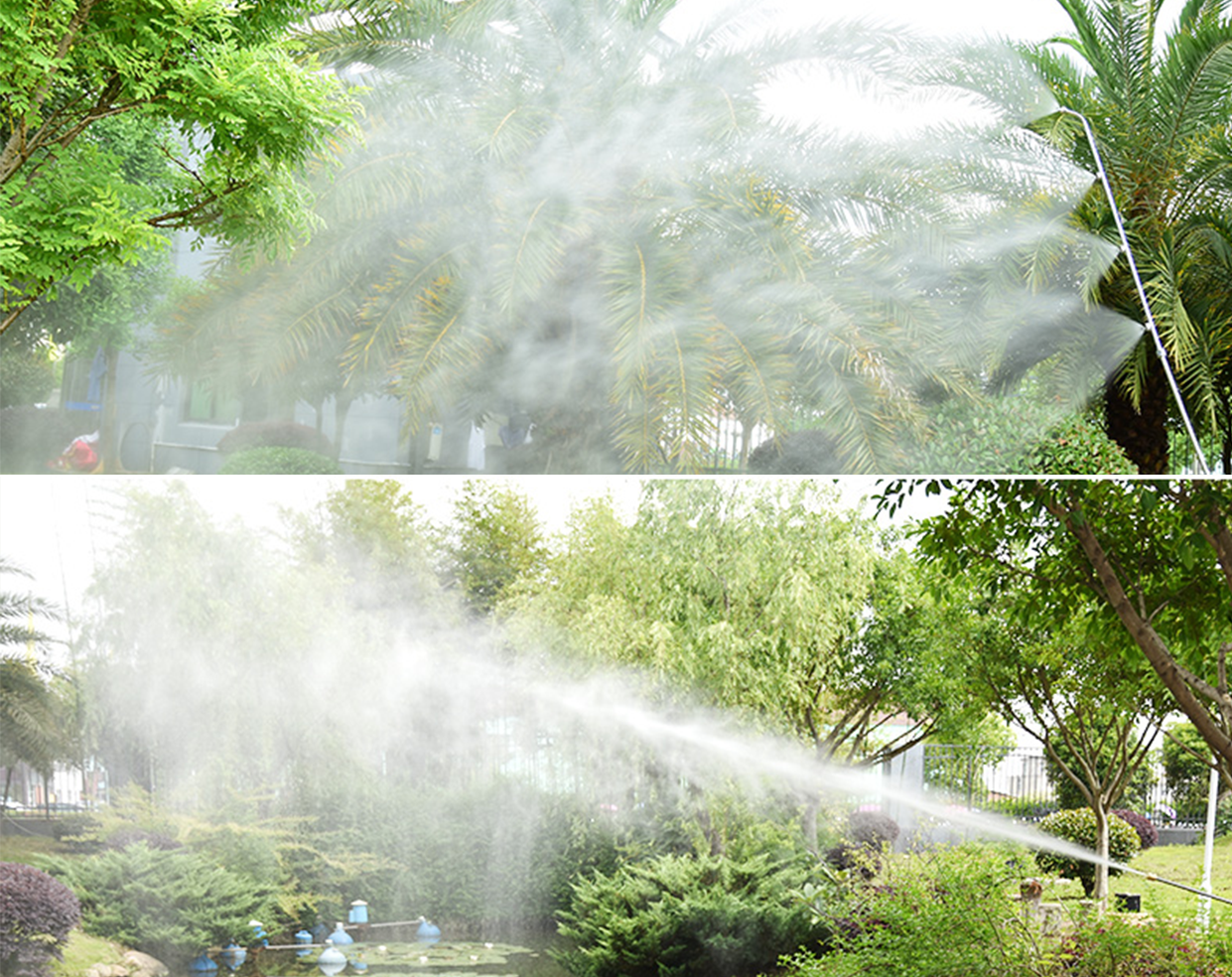How to Use a Power Sprayer
Preparing the Sprayer
Before operating a power sprayer, always perform a pre-use inspection.

Fuel Check
Ensure the sprayer has clean, fresh gasoline. Old or contaminated fuel can damage the engine.
Oil and Lubrication
Check engine oil levels and lubricate moving parts as required.
Nozzle and Filter
Inspect the spray nozzles and suction filters for clogs or residue buildup. Clean or replace them if necessary.
Calibration
According to the Food and Agriculture Organization (FAO), proper calibration of sprayers is essential to avoid pesticide waste and ensure accurate application rates.
Mixing and Filling Safely
When preparing pesticide or fertilizer solutions:
- Always read the label instructions for correct dilution rates.
- Wear protective gear, including gloves and goggles.
- Use a dedicated measuring container to avoid accidental overdosing.
- Fill the sprayer tank on flat ground and away from water sources to prevent contamination.
Operating the Sprayer in the Field
Fuel-powered sprayers provide steady pressure and cover large areas quickly. To achieve the best results:
- Maintain Constant Speed: Walk or drive at a steady pace to ensure uniform coverage.
- Correct Nozzle Height: Keep the nozzles at the recommended height above the crops, typically 18–24 inches (45–60 cm).
- Weather Conditions: Avoid spraying during high winds or extreme heat to minimize drift and evaporation losses.
- Overlap Slightly: A small overlap between spray passes ensures complete coverage without leaving untreated gaps.

Post-Operation Care
Proper cleaning and maintenance extend the life of your sprayer:
- Flush the Tank: After spraying, rinse the tank with clean water to remove chemical residues.
- Clean Nozzles and Filters: Detach and clean nozzles with warm soapy water; never blow through them with your mouth.
- Check Hoses and Seals: Replace cracked hoses or worn seals promptly to prevent leaks.
- Storage: Store the sprayer in a dry, shaded area. For long-term storage, drain the fuel tank to prevent carburetor issues.
Safety Precautions
Final Thoughts
When used correctly, a fuel-powered power sprayer can significantly improve farm efficiency, reduce labor costs, and promote healthier crops. Farmers who invest time in learning proper operation and maintenance not only protect their harvest but also ensure environmental safety.
Pandora's Role in Supporting Farmers
Pandora offers durable, farmer-friendly power sprayers designed for both smallholders and larger agricultural operations. With reliable performance and easy maintenance, our sprayers help farmers get the job done safely and effectively.
Ready to improve your spraying efficiency?